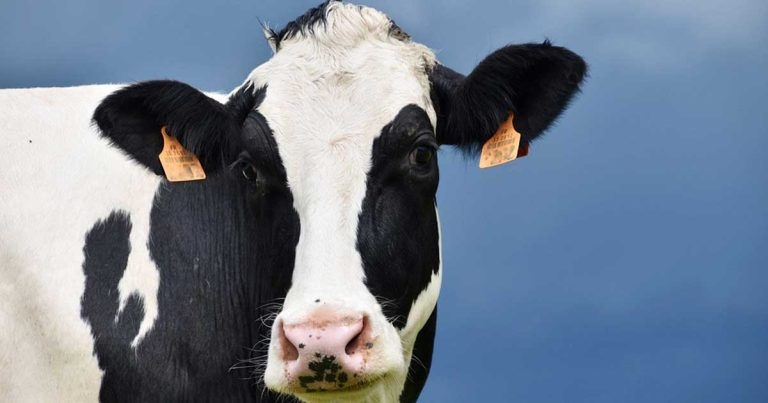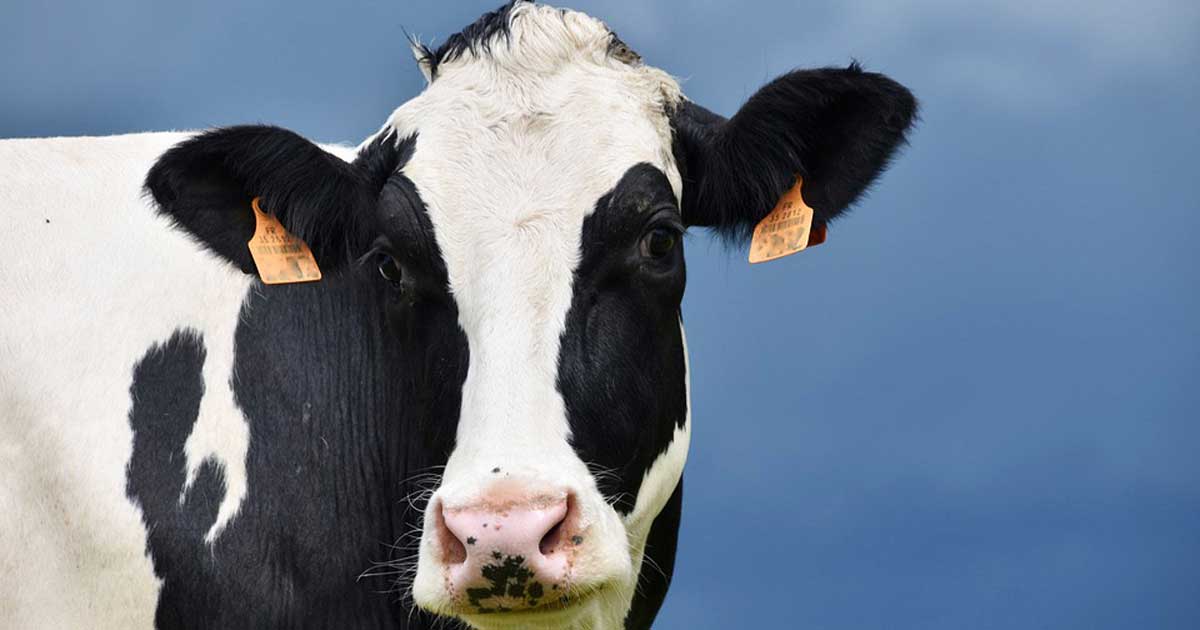17 Feb 2021
Keith Baxter discusses how vets and farmers can address the environmental mastitis challenge.


Sustainable production of food for an increasing global population is a widely voiced philosophy, and reduction in wastage is a key component of this ideal. In dairy farming, mastitis is a significant cause of waste, which can be in the form of decreased yields, premature culling or discarded milk.
Animal welfare concerns, including the impact of infectious disease, are being increasingly raised by vociferous consumers. Traditionally, control of bacterial infection has relied on widespread use of antimicrobial medicines, but this is now another major concern to society. By addressing the environmental mastitis challenge, vets and farmers can simultaneously tackle concerns around waste, welfare and antimicrobial use.
The role of environmental organisms as the cause of intramammary infections (IMIs) leading to mastitis is well documented. A wide variety of different organisms may be involved, with many contributory causes at both environment and cow level. No definitive relationship can be defined between the severity of clinical signs and the agent causing IMIs.
Severe clinical mastitis may be caused by streptococci, whereas coliforms may result in subclinical or mild cases, rather than the potentially life-threatening syndrome traditionally associated with Escherichia coli.
To facilitate the implementation of control measures, it is necessary to take a holistic view of a dairy unit, rather than just focusing on “infectious” or “environmental” mastitis, even after identifying apparently causative organisms in samples from affected animals.
An investigatory visit should review the “unholy trinity” of the whole farm environment, milking equipment and milking routine the cows on a dairy unit are faced with every day. The first obstacle may be the reluctance of farmers to accept they have an issue with mastitis or seeing the investment in a day’s worth of veterinary time as being worthwhile (Baxter, 2015). However, with mastitis currently costing an average of £261 per case (Kingshay, 2020), value exists in addressing the issue.
Using antibiotic benchmarking, often as part of farm assurance requirements, can be useful for both vet and farmer to indicate that it may be appropriate to intervene.
The major reservoirs for environmental pathogenic bacteria are bedding material – used or unused – and bovine faeces (Ericsson Unnerstad et al, 2009). Faecal contamination can result in not only bedding, but milking parlours, loafing areas and water troughs. Where cattle are absent, levels of Streptococcus uberis may be undetectable, or may decline rapidly, implying that cattle and their faeces are the original source (Lopez-Benavides et al, 2007; Sherwin et al 2015).
It is essential to understand the sources of environmental challenge; however, a visual assessment of the cows’ surroundings may be highly subjective. Therefore, a more reliable approach would be to use a standardised hygiene score, to assess hygiene of the udder, feet and legs. Such scoring systems appear to be well correlated to the presence of potentially pathogenic bacteria on cows’ teats (Munoz et al, 2008).
All stages of the lactation cycle should be evaluated as part of the environmental review. The investigator should be reviewing frequency, quality and quantity of bedding, regardless of whether it is straw, sand or recycled manure solids. The correlation between dry period infection and post-calving mastitis is well known (Bradley and Green, 2000), so close inspection of calving accommodation is merited.
The “forgotten” part of herds tends to be the early part of the dry period – especially during summer when cattle may be at pasture some distance from buildings. Heifer grazing may be particularly problematic, but should receive attention – especially if the farm reports concern about heifers calving with clinical mastitis or with “blind quarters”, which may indicate pre-calving infection problems.
Fly worry, and the presence of exuberant thistle and nettle growth, may result in teat irritation, excessive licking of teats and the disruption of the keratin seal that should be present as part of the normal teat end.
The area available for lying, loafing, standing before milking, feeding and drinking at troughs can be highly relevant. Measurable and sensible parameters are readily available in the Agriculture and Horticulture Development Board (AHDB) Mastitis Control Plan, RSPCA Welfare Standards (https://science.rspca.org.uk) and other publications, and increasingly form part of farm assurance requirements. Ventilation of dairy buildings can be readily assessed, even subjectively, by the use of smoke pellets, as sold for builders and plumbers to assess the integrity of pipelines and chimneys. On a very basic level, the smoke should disperse within a minute of cessation of burning; anything more would benefit from more detailed evaluation of airflow and ventilation space.
The AHDB has a range of online knowledge resources that will provide detailed information on how to calculate ventilation requirements, as well as other excellent recommendations on housing and bedding (www.ahdb.org.uk).
The role of the milking plant as a fomite for infectious mastitis has been well recognised for many years. However, the potential for milking machines to be involved in environmental mastitis may well be overlooked. Incorrectly set up or malfunctioning milking machines may cause irritation of the teat ends, with exuberant production of teat end keratin resulting in hyperkeratosis. Severe hyperkeratosis can result in increased bacterial presence in the teat end (Paduch et al, 2012). A proper assessment of teat end condition, preferably using a simple scoring system such as that used as part of the AHDB Mastitis Control Plan, should be part of an investigation, generally during milking.
Other machine-induced lesions, such as “teat rings” caused by a disparity between teat size and the cluster liners, may cause discomfort, resulting in fidgeting and kicking by the cow during milking. Such behaviour may result in contamination of the cow’s teats by her own dirty feet, or contamination of the milking unit if it is kicked off.
Effective removal of faecal soiling from teats is essential to minimise the potential for introduction into the udder, resulting in IMIs, and also to reduce the potential to compromise bulk milk quality. Good teat preparation should involve foremilking to detect mastitis, as well as a thorough cleaning process – using a pre-dip chemical if necessary – to both remove dirt and stimulate good milk let-down (Wieland et al, 2020). The way a milker applies the teat cups, to minimise fluctuations of vacuum occurring as the cluster is put on, can have a direct influence on the level of environmental IMIs (Besier et al, 2016).
Environmental mastitis in dairy cows is a significant economic and welfare concern on many dairy farms. However, a role exists for veterinary surgeons to play by providing advice to clients and the wider UK dairy industry to help minimise the need for therapeutic intervention in the future by communicating the benefits of adopting holistic disease prevention measures.